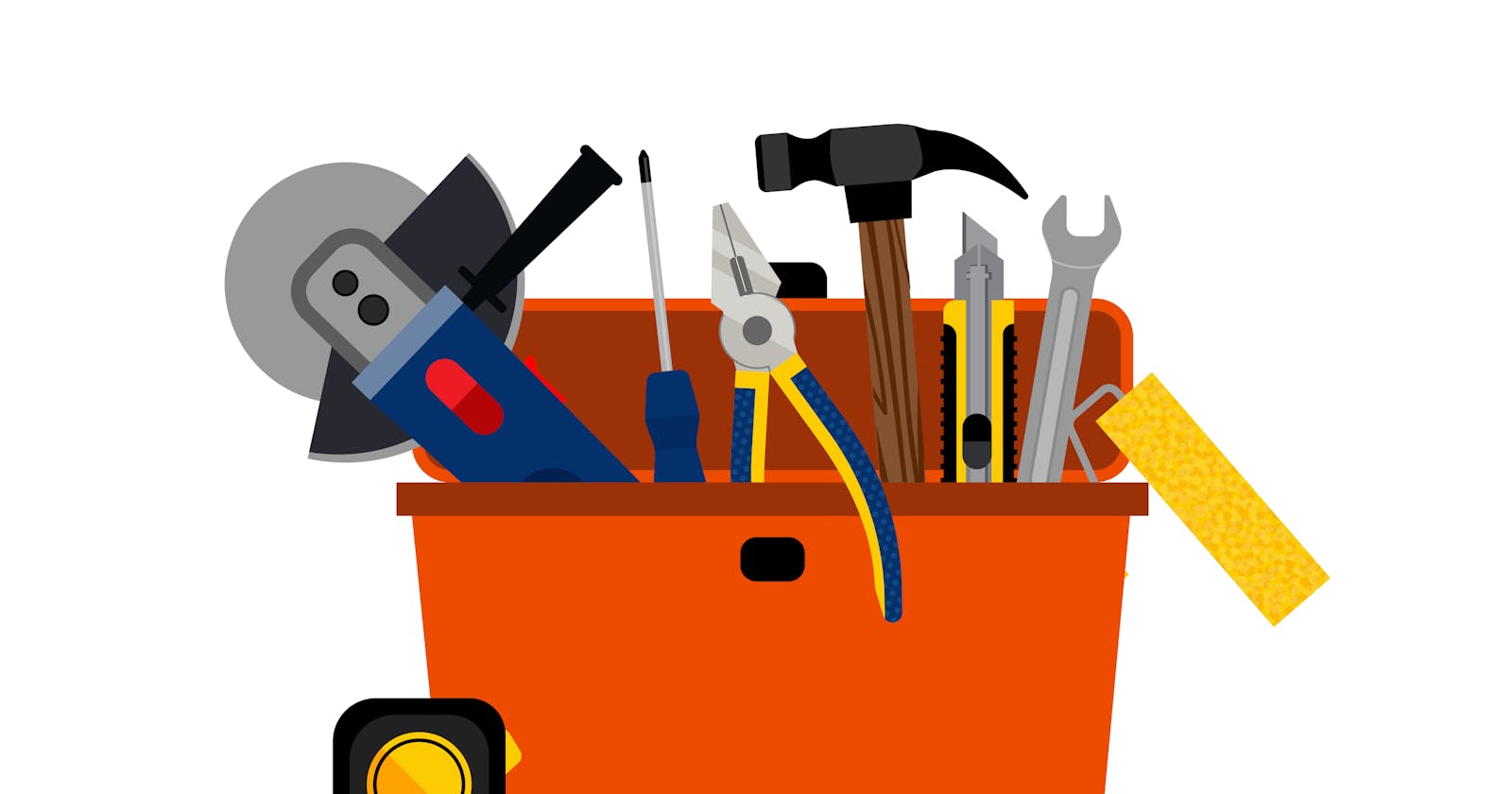For every project, ask:
- What system underlies the project?
- is it a relationship, a business, a product, or something else with multiple components relying on each other?
- Is this system already efficient?
- If not, what are the ironclad principles underlying it?
- Can I start over from those principles to identify a remarkably better way to design the system?
One level higher:
- Ask if you're optimizing a cog in a machine instead of the machine itself. The higher the level you can optimize, the greater is your ROI.
Optimizing Systems:
Identify the system you are working with: is it a process, a business, a machine or a state of being.
What to do when you've encountered an imp system:
Go One level higher: Ask if you're optimizing a cog in a machine instead of the machine itself. The higher the level you can optimize, the greater is your ROI.
Use Theory of constraints: Usually, in a machine/system, one part is usually a reason for limiting the output of other parts. We need to identify such parts and improve them to improve overall efficiency.
First Principles: If the Theory of constraints doesn't work out well, discard the whole system and reason from the first principles (fundamental truth) to rebuild the whole system from ground up.
Making Decisions:
- Long-Term: Regret Minimization
- Medium-Term: Pareto's principle
- Short-Term: use ICE (check below to read more)
- Immediate: Eisenhower Matrix
ICE:
When facing many options, score each on the 3 variables using a scale of 1-10:
- How much positive impact the option would have if it succeeded
- The confidence you have that this option will succeed if you attempt it
How easy (low recourse, low time) it would be to pursue this option
Add all the scores and find out avg to weigh against each other.
Eisenhower Matrix:

